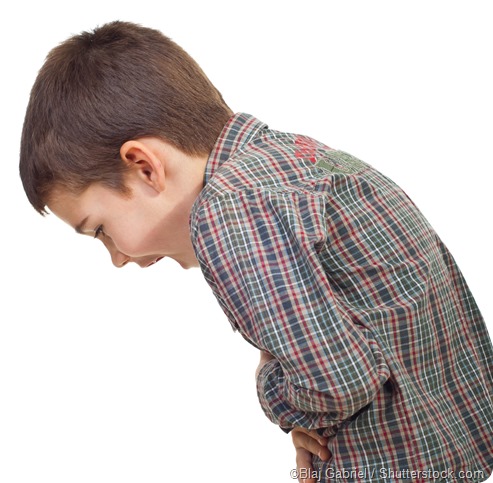
Pain in Children
All individuals undergo pain from time to time, including children. Pain is an unpleasant physical and emotional sensation that may be experienced in a unique manner by each child, due to differences in pain perception. If children report that they are in pain, it is important for parents and medical professionals to believe them and make appropriate choices about the best methods of pain relief for the situation.
Children commonly experience pain. Up to 4% of children and adolescents complain of at least one episode of pain a week. Additionally, up to 1 in 5 children are affected by chronic pain. Females are more likely to experience pain than males. This holds true both in childhood and adulthood.
Causes of pain in children
There are many possible causes of pain in children. These may include:
- Physical injury (e.g. bumps and bruises)
- Illness (e.g. headache, gastrointestinal upset, diabetes, or arthritis)
- Surgical procedures
- Immunizations
- Inadequate pain relief following a surgical procedure or another similar painful experience is a common cause of chronic pain.

Signs of pain
There are various signs that may be indicative of pain in children. These are particularly useful when the child is unable to adequately communicate the source of the pain. These signs may include:
- Reduced physical activity
- Using one arm or leg more than the other
- Loss of appetite
- Difficulty sleeping
- Irritability or unpredictable behavior
- Gasping, wincing or frowning
- Rapid breathing and sweating
Pain scales for children
The FLACC pain scale, which assesses the face, legs, activity, cry and consolability of a child, is often used to measure and monitor pain and pain relief in children. It is scored as follows:
- Face: 0 (relaxed and interested) – 2 (deep forehead furrows, closed eyes and open mouth)
- Legs: 0 (normal motion) – 2 (high muscle tone and tension)
- Activity: 0 (normal activity) – 2 (fixed position or rocking)
- Cry: 0 (no cry or moan) – 2 (frequent cries, moans or grunts)
- Consolability: 0 (calm) – 2 (requires constant comforting)
There are also various other pain scales, such as numeric pain scales (from 1 to 10) and facial scales which rely on the scores indicated by the child. However, these are self-reported and may be difficult to explain, particularly for young children in pain.
It can also be useful to prompt children with words that may describe their pain, such as itchy, aching, burning or shooting.
Pain management in children
It is important that the pain in children is managed appropriately. This will help to prevent both complications and the progression to chronic pain, which is often linked to poorly managed acute pain.
The aim of pain management is to decrease the intensity of the pain so that the child can feel better. This is relatively simple for acute pain caused by a particular circumstance. Chronic pain, however, may be more difficult to treat, as it can be associated with changes or adaptations of the nervous system.
For acute pain, simple analgesic medication such as acetaminophen (paracetamol) or ibuprofen can often provide effective pain relief. It is important that the appropriate dose is calculated according to the child’s weight. This will help to ensure that they receive adequate pain relief without an increased risk of side effects. For chronic pain, other medications may be required to target the nervous system, particularly for children with neuropathic pain.
All patients who experience pain can usually benefit from psychological techniques to relieve pain. For children, this may include distraction with toys, sounds or movements, as well as comfort or consolation by the caregivers. Physical measures such as heat or cold fomentation, exercise or physiotherapy, and massage, may also be of help in this situation.
References
- http://www.rch.org.au/uploadedfiles/main/content/anaes/pain_assessment.pdf
- http://www.aboutkidshealth.ca/en/resourcecentres/pain/pages/default.aspx
- http://www.ncbi.nlm.nih.gov/pmc/articles/PMC3140088/
- http://www.who.int/medicines/areas/quality_safety/guide_perspainchild/en/
Further Reading
Last Updated: Feb 26, 2019






















.png)










No hay comentarios:
Publicar un comentario